
|
SUPPORT SITE |
|
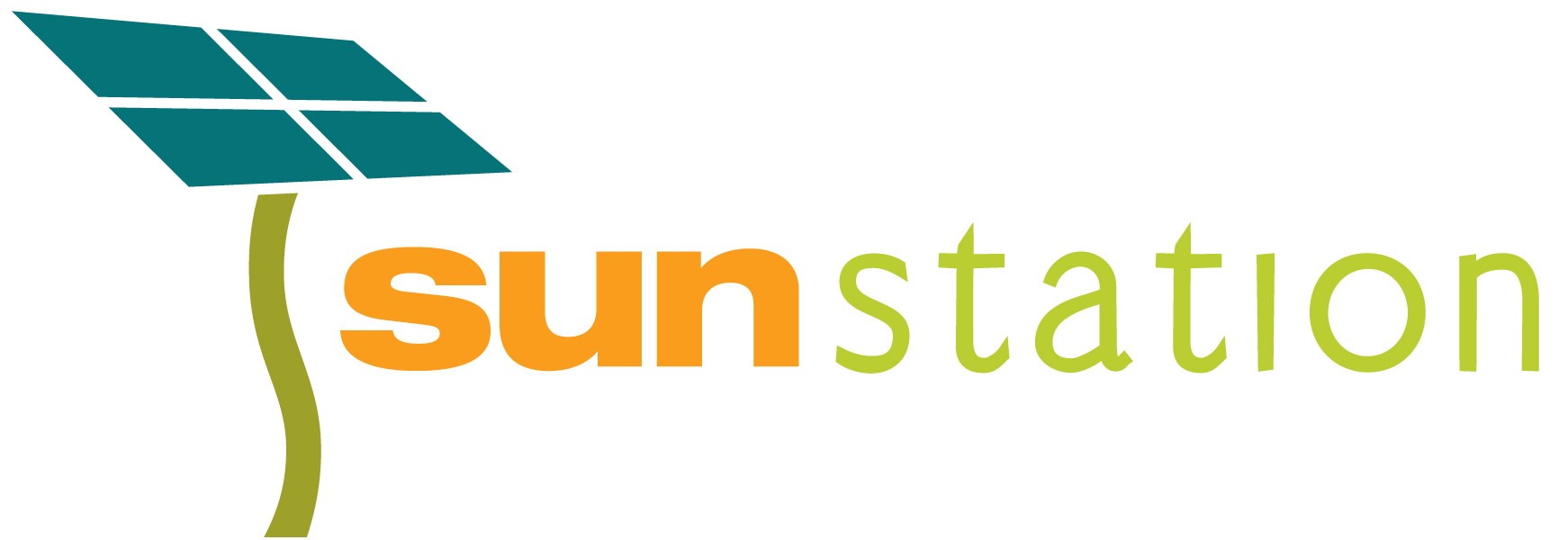 |
Home Solar Power with Battery Backup |
As hurricanes Sandy, Irene and recent snow storms showed, you can't rely on the grid for all of your electric power needs. Did you know that a standard solar panel installation won't work when the grid goes down, leaving your home without power? SunStation completes your panel installation with a battery bank for power storage and allows your solar system to operate off-grid.
SunStation is the ideal backup system for home owners and businesses. The solar panels charge the lithium battery bank and then provide power to your home or business, saving you money every day. When the grid goes down, a transfer switch disconnects your home from the grid, enabling your panels to continue to operate. The battery bank provides power when the sun isn't shining. Our base model SunStation can power your lights, refrigerator and your heating system.

Lithium ion batteries require no maintenance and provide exceptional storage capacity. Your SunStation will be compact, quiet, and power your home effortlessly for many years!
The base model pairs a 12 panel, 3 kW solar PV array with four batteries totaling 7.2 kWh of storage. The extended model increases the solar to 6 kW and the batteries to 14.4 kWh. Larger solar arrays and battery packs can be purchased depending on your needs. SunStations are available now. To get more information about SunStation, click SunStation Inquiry to send us an email.
This recent installation in Princeton, NJ has 7.2 kW of solar panels with a 14.4 kWh battery bank. It can power everything in the house except the air conditioning! The homeowners also use it to charge their Nissan Leaf and Toyota Prius Plugin. Note that the batteries are in the cabinet on the right, which can be housed in a closet or utility room if the home doesn't have a basement.
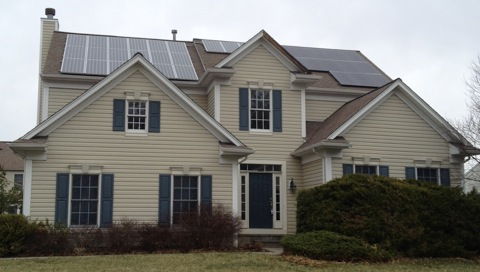
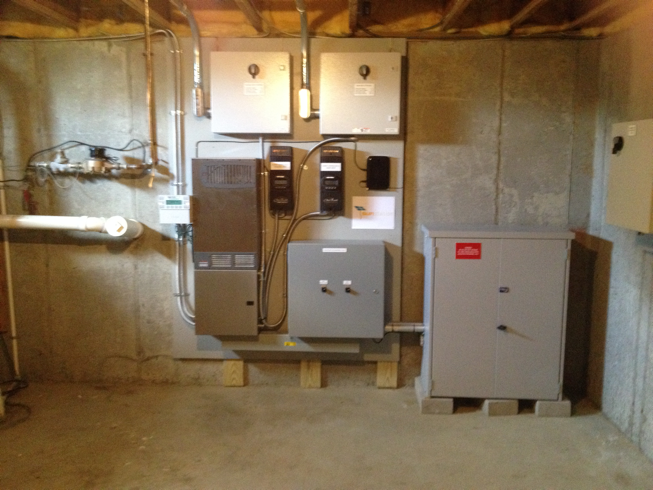
The following images show the power flow on a rainy day. The web page is generated by OpticsRE that allows you to monitor your system from anywhere. We use the same software to check on your system performance. You can see that despite the rain, the solar panels are generating 1 kW of power and the house is selling 400 W to the power company! While no one is home, the heating system and refrigerator at least are drawing power.
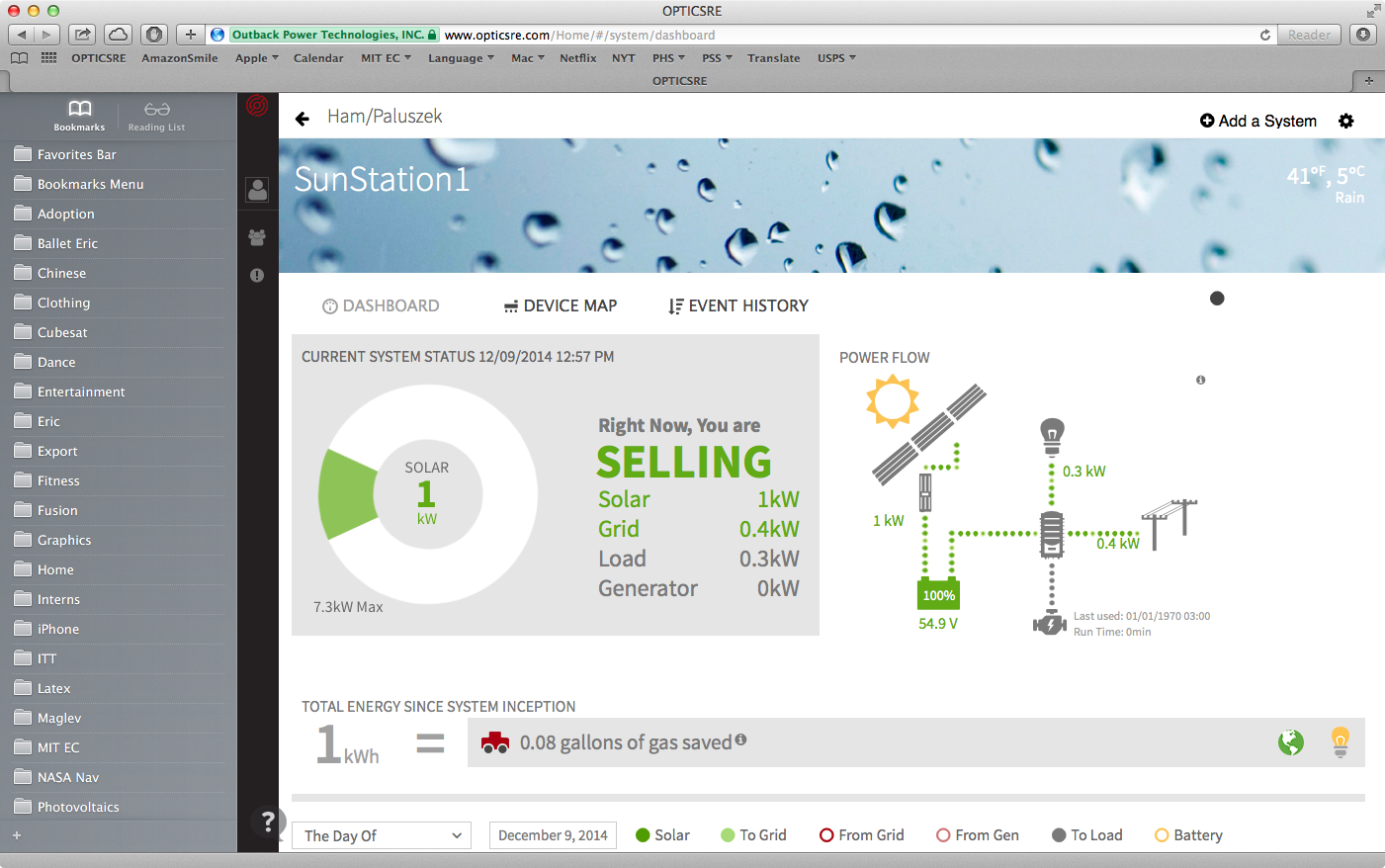
Even on rainy days you can generate enough solar power to power your home! The following shows the power flow on a sunny day in January.
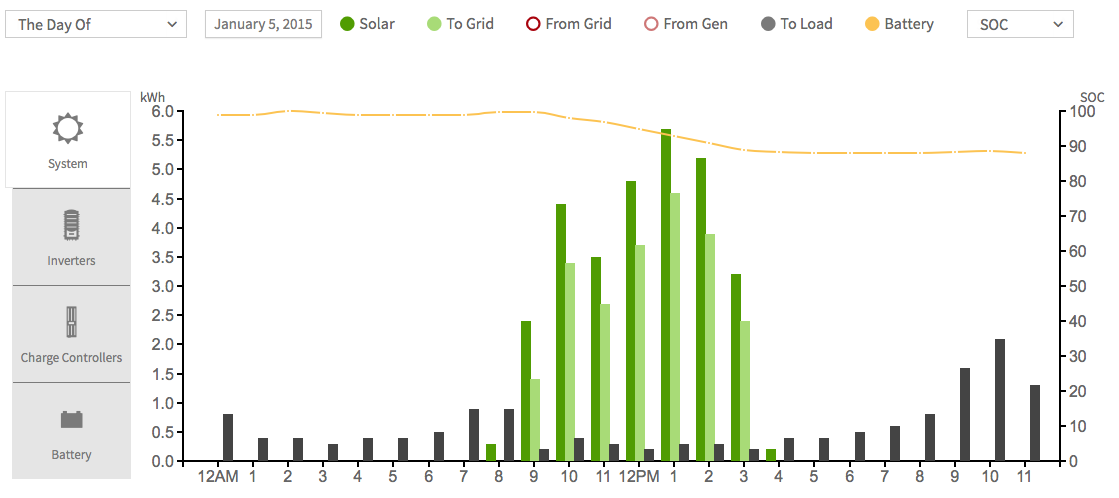
The available roof area, orientation of your home and shading determine the suitability of your house for solar. In the following images the houses at the top have large roof areas facing nearly south making them good candidates for solar panels. The house on the lower right has a bad orientation and you can see that the trees would shade any solar panels the homewowner might install.
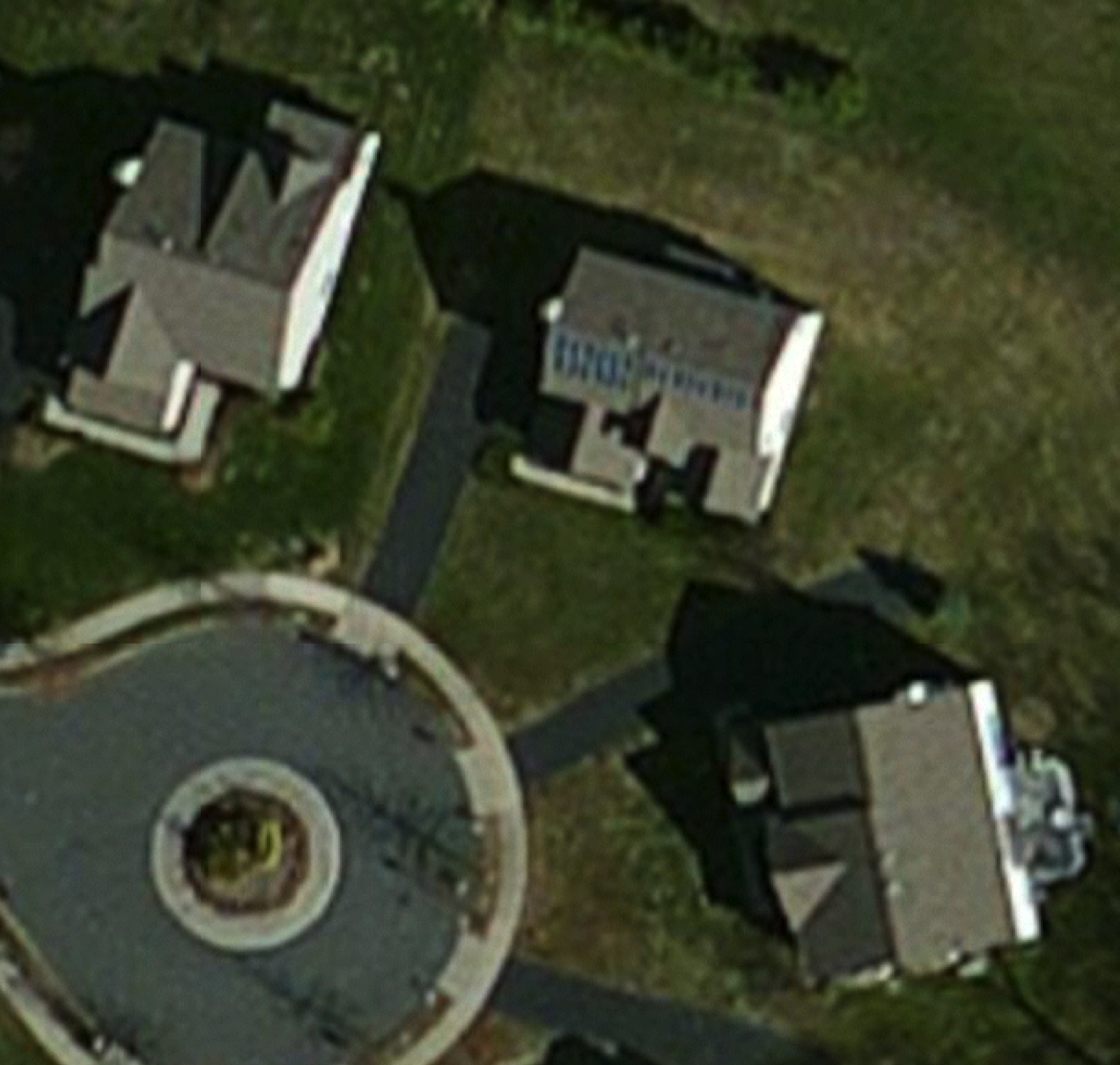
You can easily compute how much power your system will produce. Choose your solar panel and figure out how many will fit on your south facing roof. The rated power for the panel is how much it will produce with the sunlight streaming perpendicular to the panel. Let's assume your house fits 30 panels that each produce 240 W, such as Panasonic HIT panels. Go to this website NREL Redbook and click on your state. Find the nearest town in the pdf file. For Central NJ that would be Atlantic City. Look up the yearly average hours per day for Atlantic City for a 'Latitude' tilt angle. You will see that the average is between 4.3 and 4.9 hours of full sun per day. The total number of kilowatt hours generated would then be
kWh/year = 30 x 240 x 4.9 x 365.25/1000 = 12,886. If your rate is 0.16/kWh you will save $2000/year on your electric bill.
The best way to size your solar array is to look at the total number of kilowatt hours you use each year and do the above calculation with the low average hours per day number. To be conservative, assume that your power conversion is about 90%, in other words replace the 240 W per panel with 0.9 x 240 W per panel.
In addition to money saved from not buying power from the power company, you are also eligible for Solar Renewable Energy Credits (SRECS). A 10 kW system produces 12 SRECs per year. SREC prices change all the time. In December 2014 they were paying $196/SREC.
Download the home back-up product brochure.
Federal and State Tax Credits and Renewable Energy Credits may apply to the purchase of your SunStation.
Back to SunStation main page.